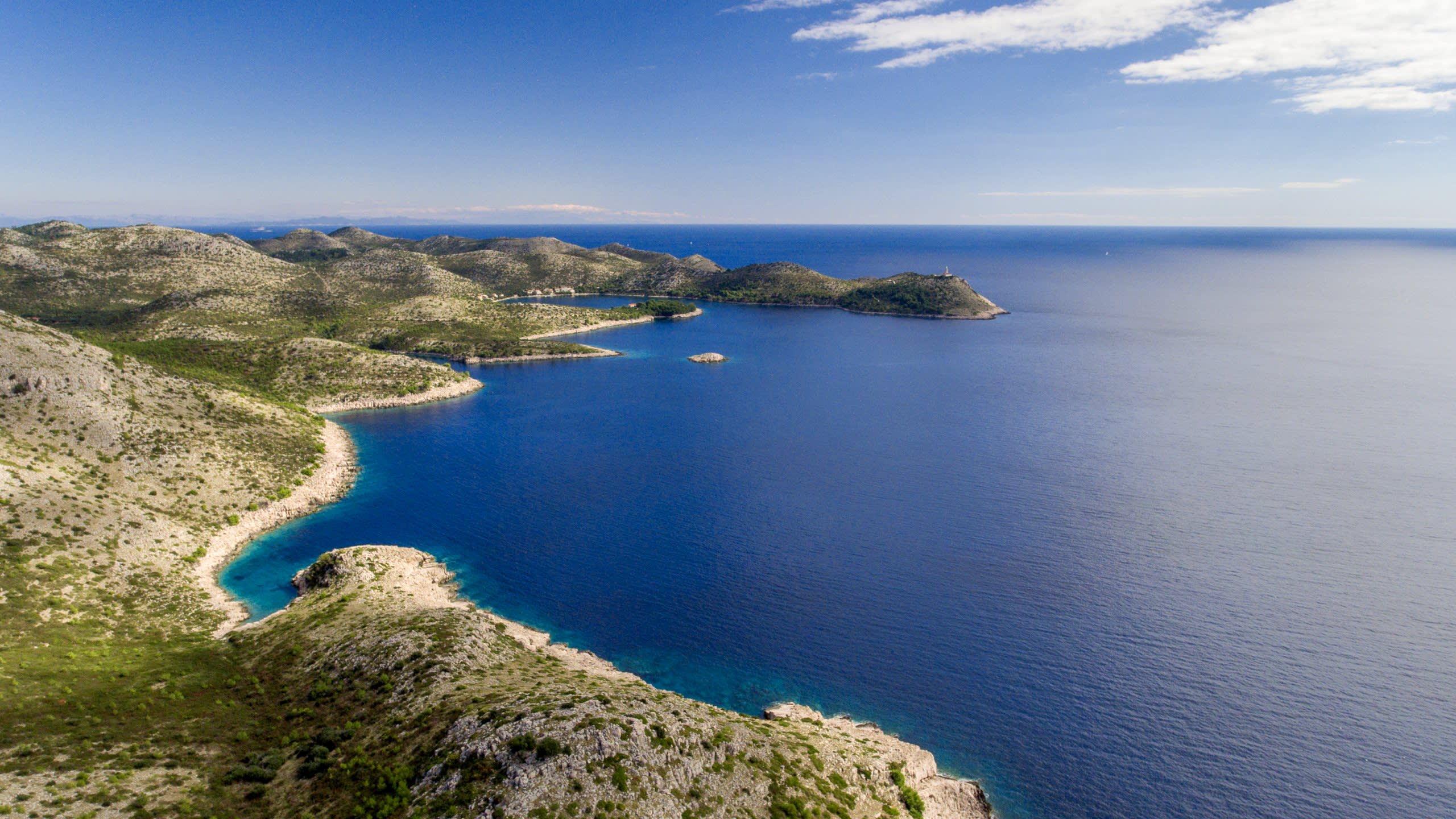Length

Lastovo
Citrus, stargazing, cerulean seas

Citrus, stargazing, cerulean seas
Lastovo is the forgotten isle. Croatia’s loneliest island hosts 286 households, two ATMs and a pharmacy that opens one hour per day. Secreted in Lastovo’s centre is its semi-abandoned capital. Café tables are hidden by wild fig trees, while yellowing postcards depict deserted bays. Residents aren’t familiar with Anna Wintour or Victoria Beckham. Yet the island’s timeless production of organic vegetables and line-caught seafood never went out of fashion.
Yachts For Charter
YACHT CHARTER ITINERARIES

Your Guide to Lastovo
Lastovo isn’t one island, but 46. The micro-archipelago explodes into unnamed islets populated by geckos and finches. From a drone, these forest green specks appear haloed by topaz sea, which shelves into deep navy. The sardines and squid you can see with a mask and snorkel look good enough to eat - just ask your chef. The 'busiest' island in the Lastovo Archipelago is Susac. Its lighthouse is perfumed by maquis herbs, while its miniature beach is frequented by a flock of sheep.
The 21st century simply hasn’t arrived on Lastovo. That’s because the 10km-long island sits midway between Split and Italy. It was battled over by French, Turks, Brits and Austrians but never made the tourist map. After World War Two, Lastovo became a sealed military base. By day you can kayak inside a submarine pen. By evening you’ll be the sole hiker on 200km of fragrant trails. By night the skies serve an astral light show best seen by telescope. It’s atmospheric, in every sense.


There’s only one island more off the map than Lastovo. Palagruza is superyacht-only territory. An ultimate Mediterranean escape that welcomes Adriatic dolphins and sea turtles in 170m deep seas. Astonishingly, the Austro-Hungarian Empire constructed a castle-cum-lighthouse on Palagruza’s 110m peak. It was built to shock and awe sailors of yore - a task it still performs today.
Yacht Charter Destinations
let's chat.
Get in touch with one of our teams around the world
Where you'll find us
Monaco — MC
+377 93 50 12 12London — UK
+44 20 7584 1801Fort Lauderdale — US
+1 954 278 3970Auckland — NZ
+64 9 281 5133Contact us
info@y.co